Ubisoft Talks
A selection of corporate talks I gave about UX in video games

A selection of corporate talks I gave about UX in video games
I have had the privilege of sharing my knowledge about UX design and video-games while representing my company. These talks were presented to young students, women and Ubisoft employees.
Whereas nowadays UX is largely known and embedded within organizations, it is still a misunderstood field, and I am committed to teaching and spreading the word about my profession.
I gave a talk for employees about UX in gaming.
I participated in a live interview conducted by a Twitch journalist. The audience was mainly young students. I talked about how to become a UX in the game industry.
I co-presented a talk about design with Sarah Beaulieu (Narrative Director in Assassin's Creed Mirage).
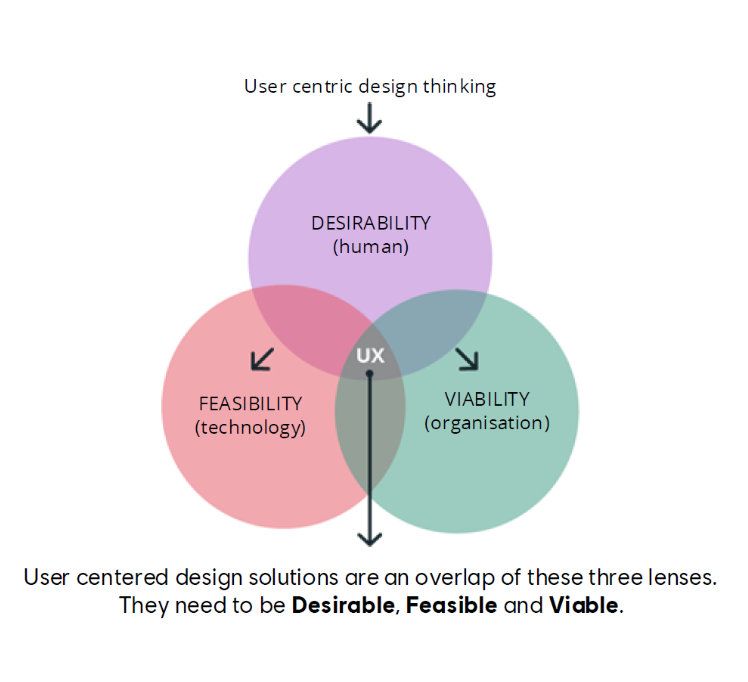
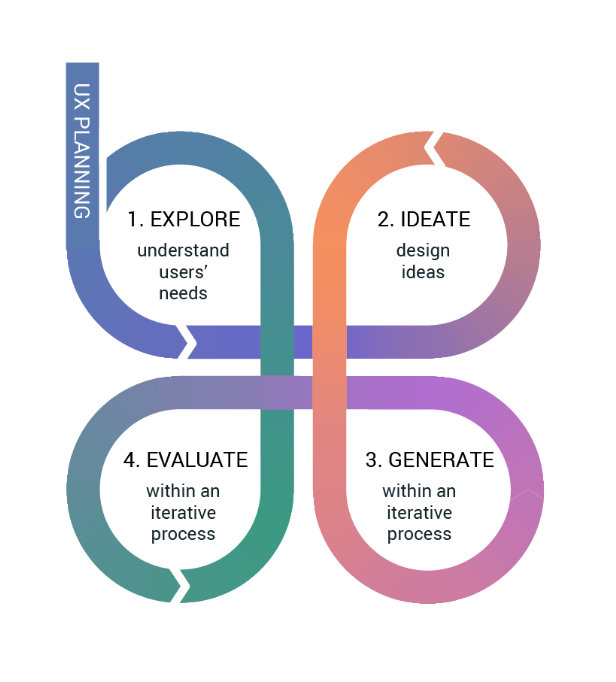

This talk was presented to employees of Ubisoft Bordeaux in November 2021.
The presentation starts with generic and theoretical principles about UX, and it finishes by diving into details and practical examples in video-games.
On this slide, I explain the value of testing early and gathering data from external players.
I keep seeing creatives and producers tempted to wait until the game is quite advanced, whereas that is exactly what should be avoided.
AAA games are complex, but the essence is still the same. The core game loop and 3Cs must be tested by external, non-biased target players before adding depth. Focused user research is entirely possible.
This is the eternal million-dollar question, especially since hiring a single “UI/UX Designers” position is still the norm.
I have personally made the choice to evolve from UI to UX and not to combine both. In a nutshell:
Example of a functional prototype on a mobile phone device. I designed and tested this prototype as part of a full player journey wireflow.

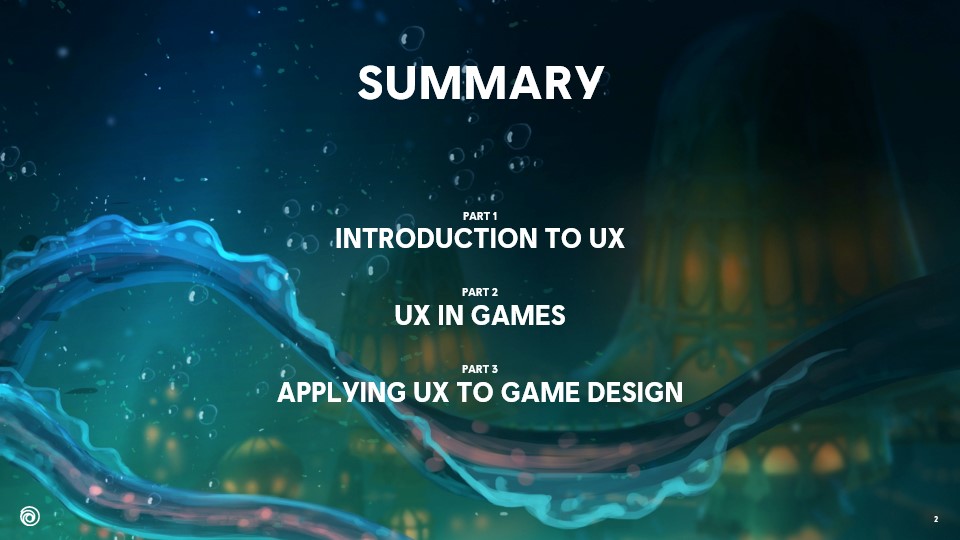
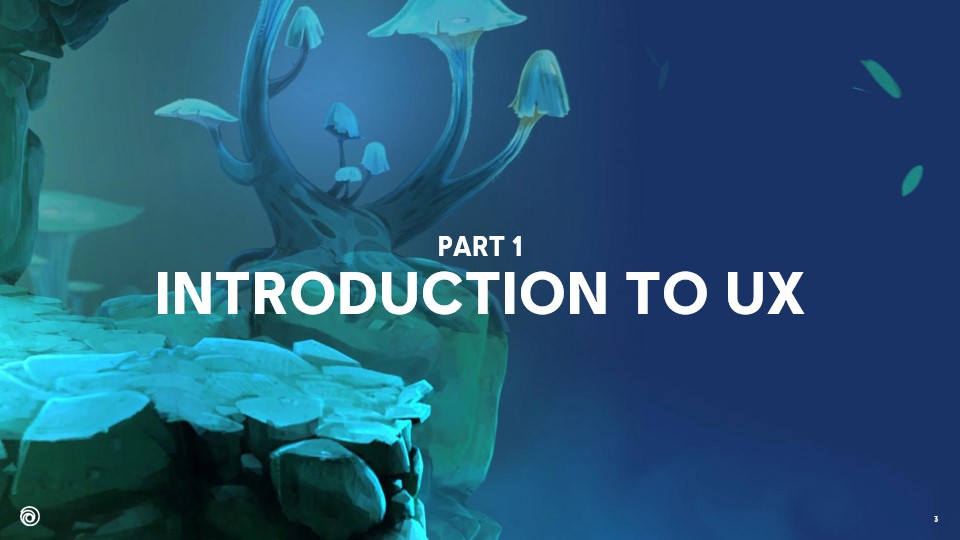
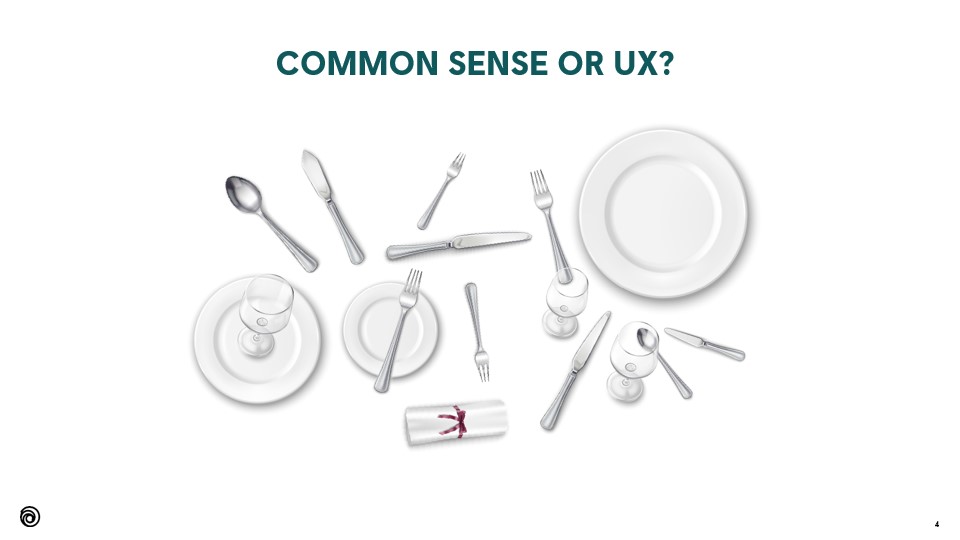
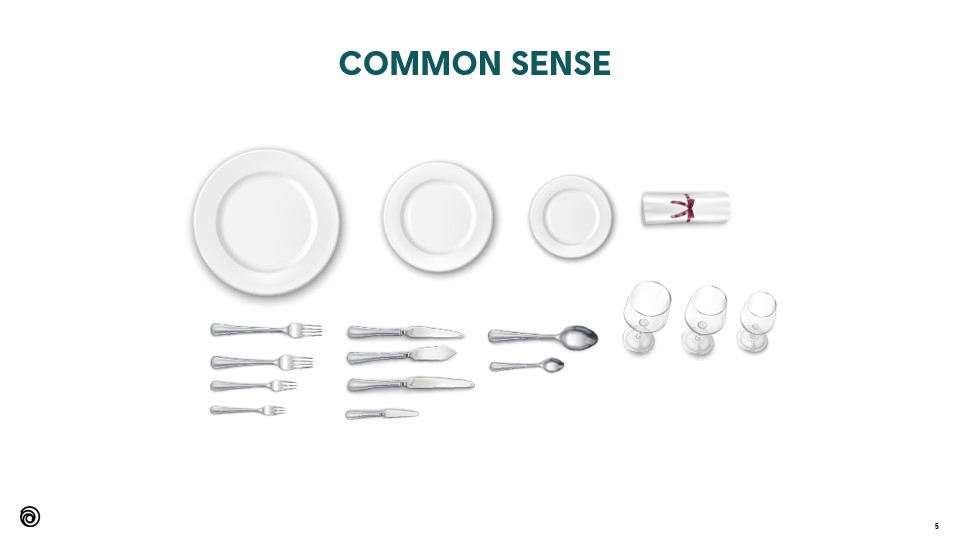
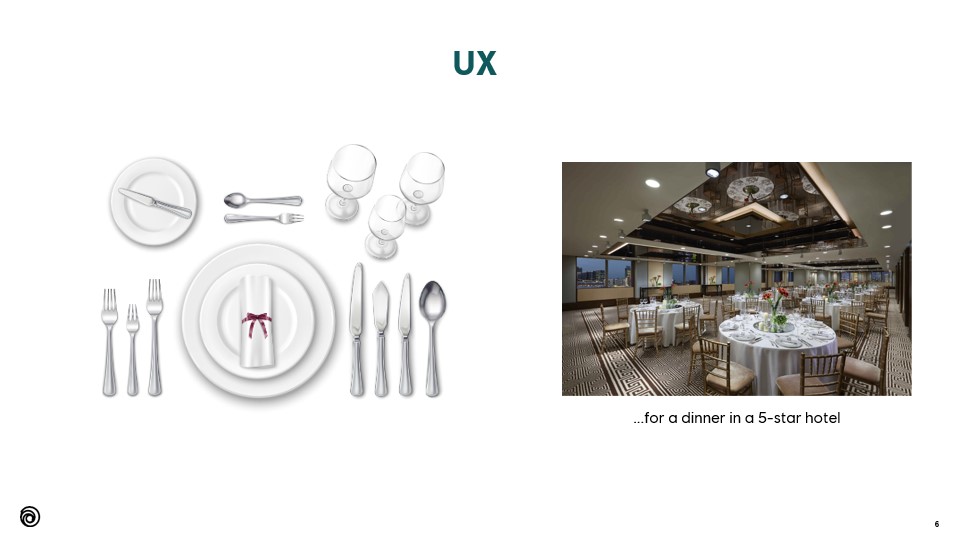
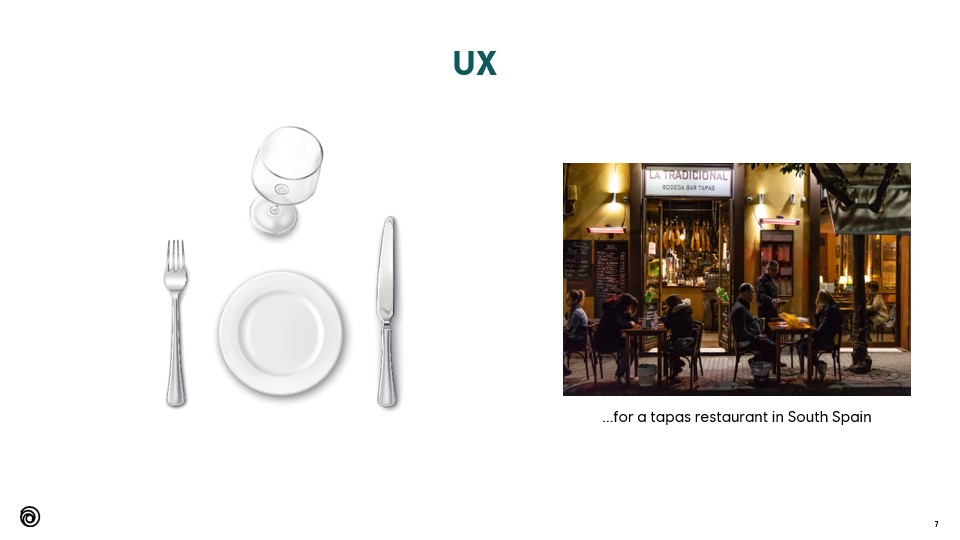
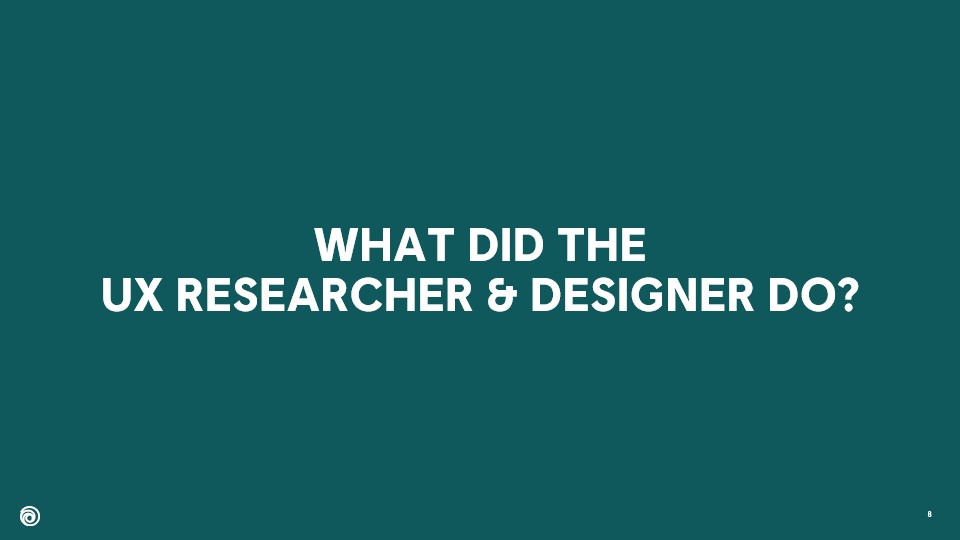
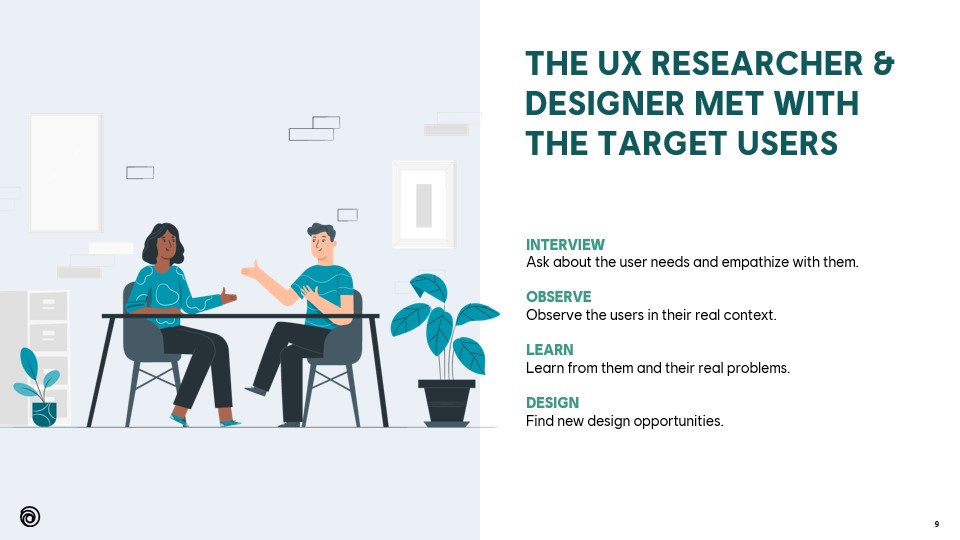
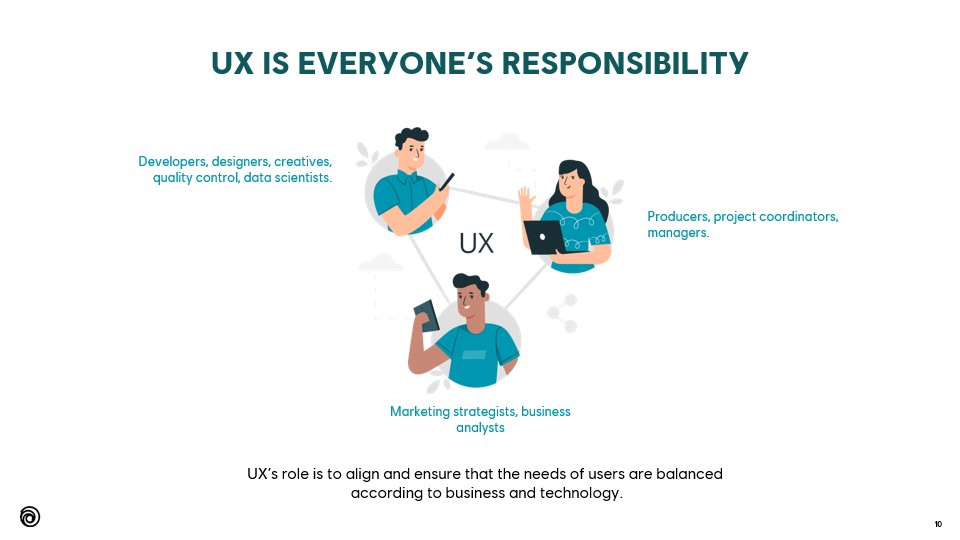
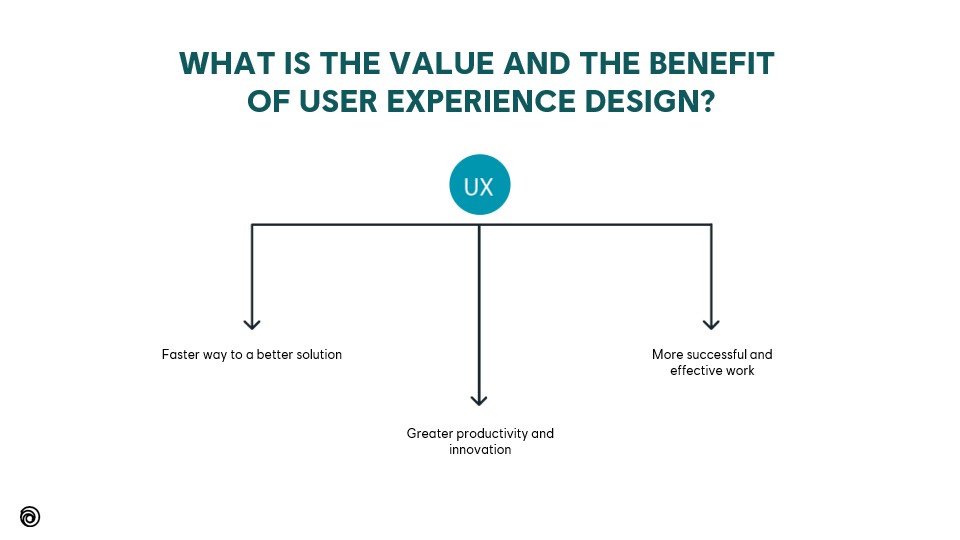
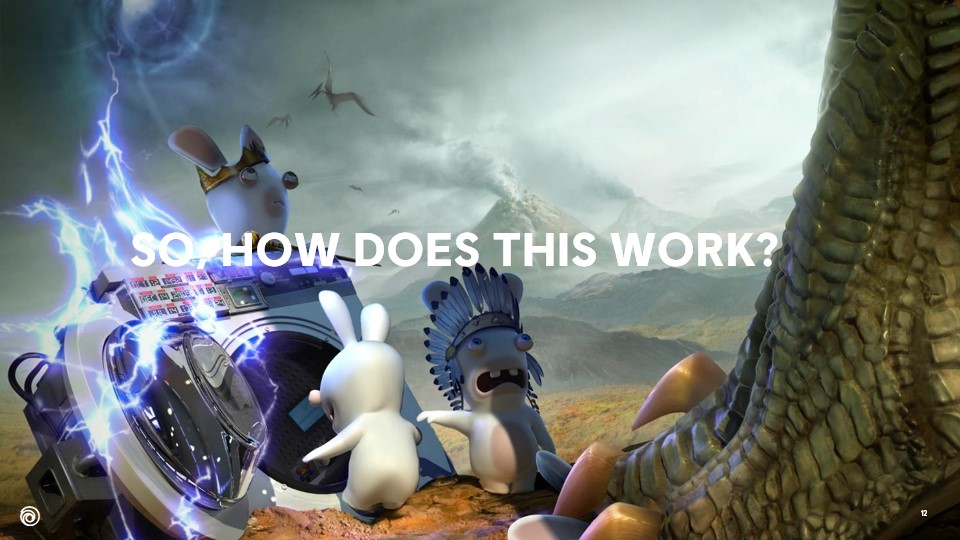
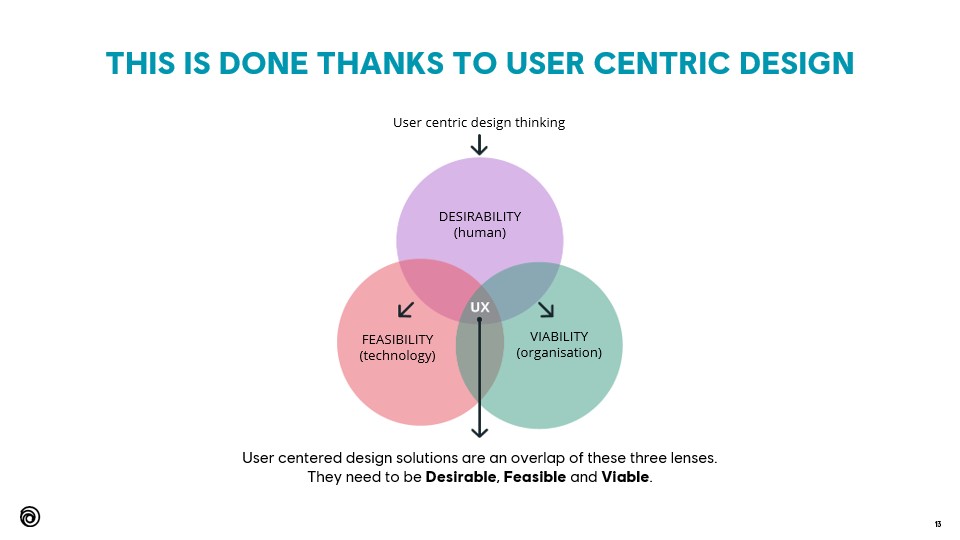
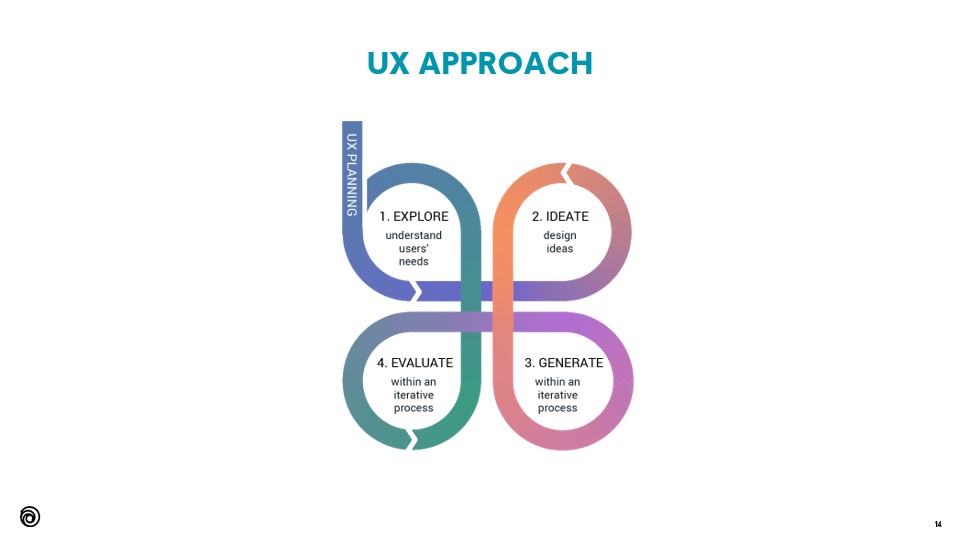
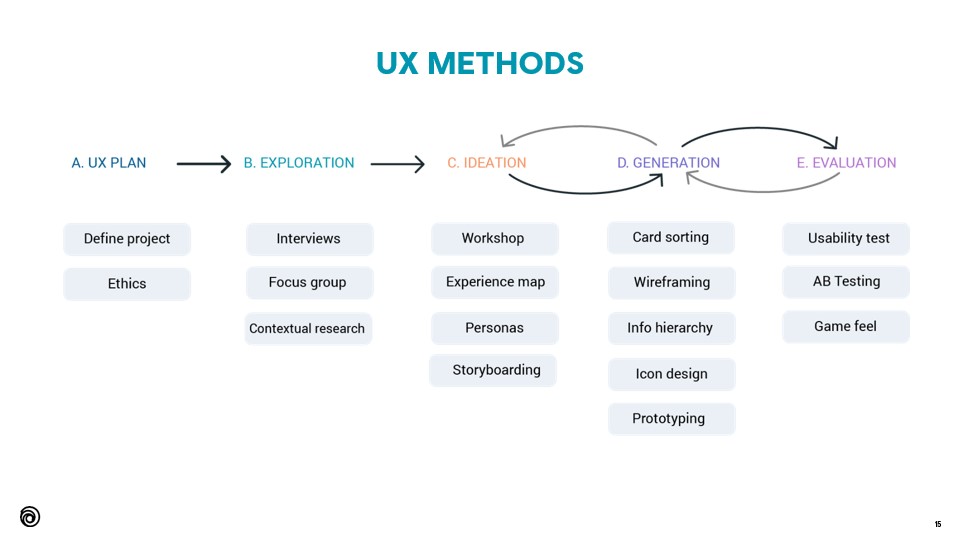

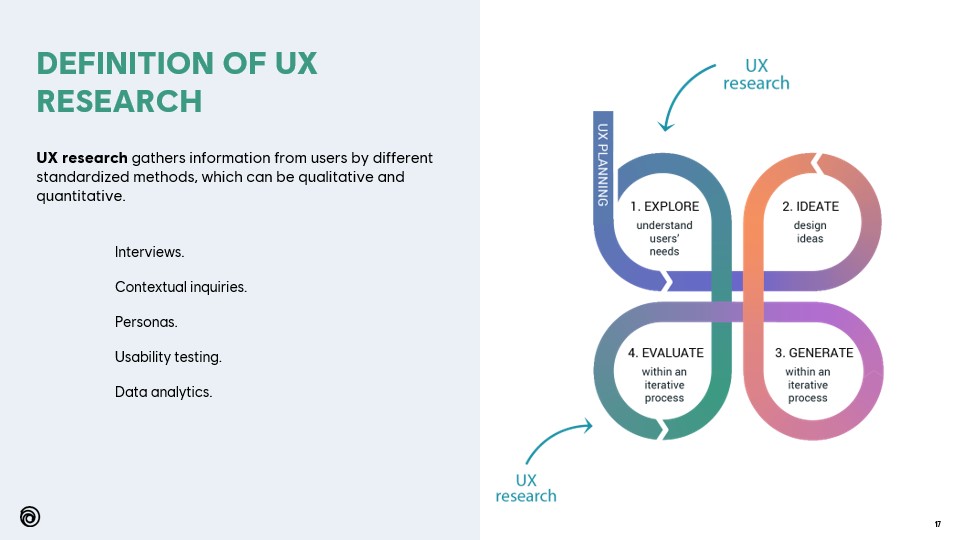
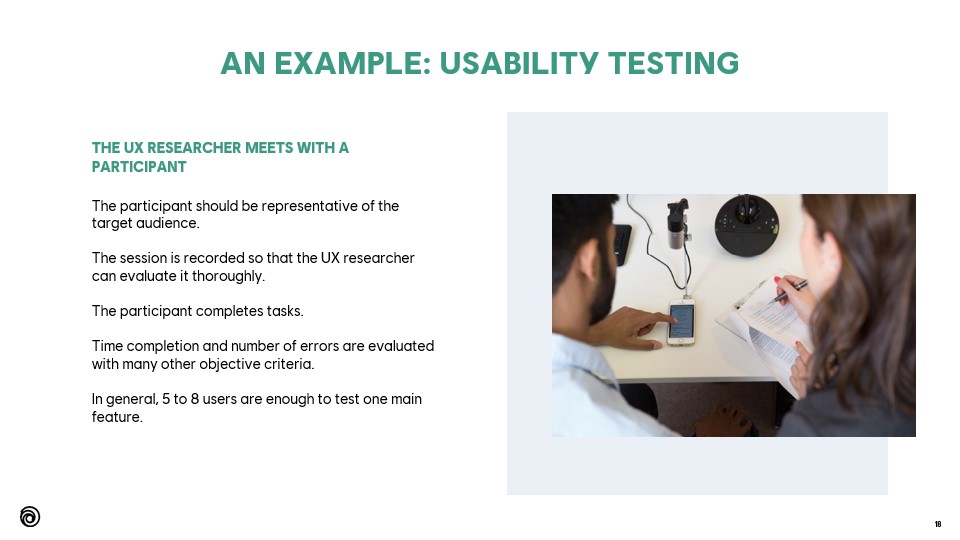
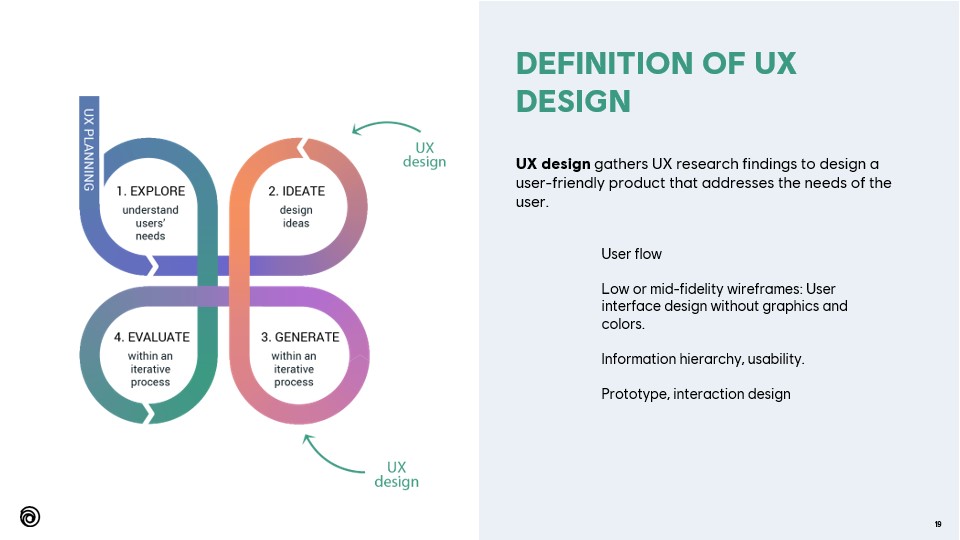

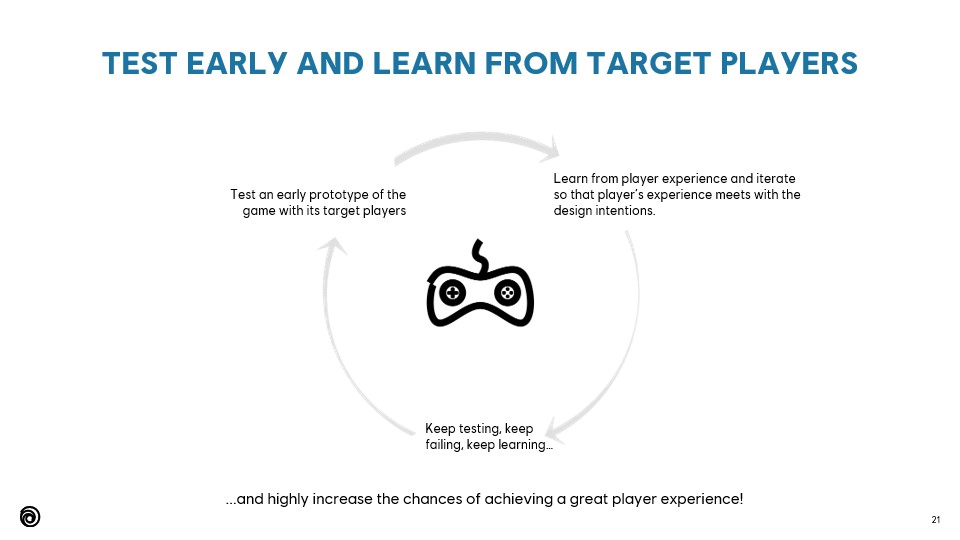
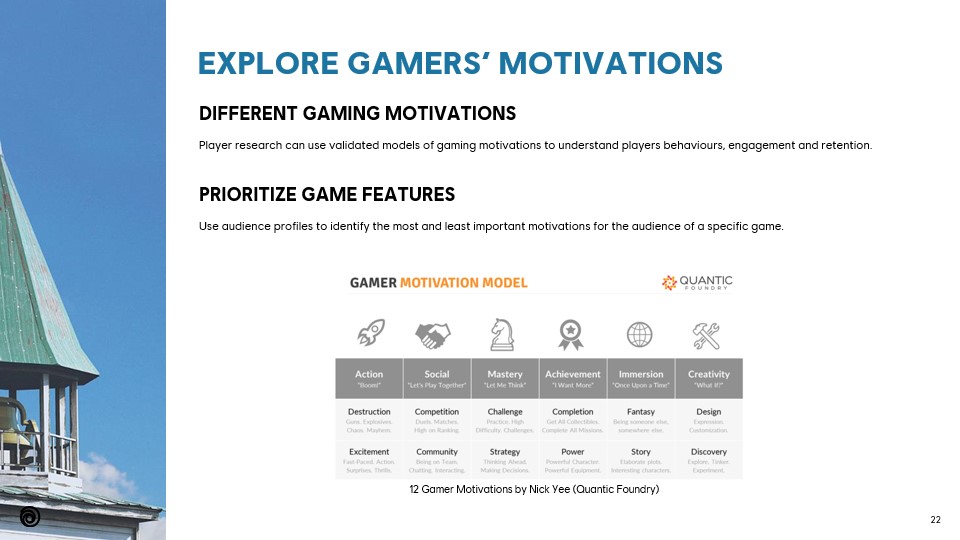
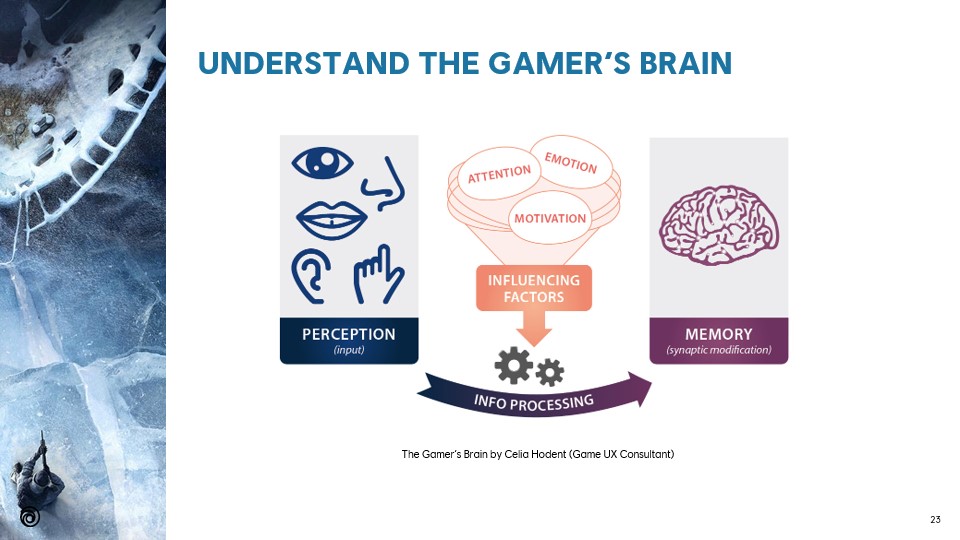
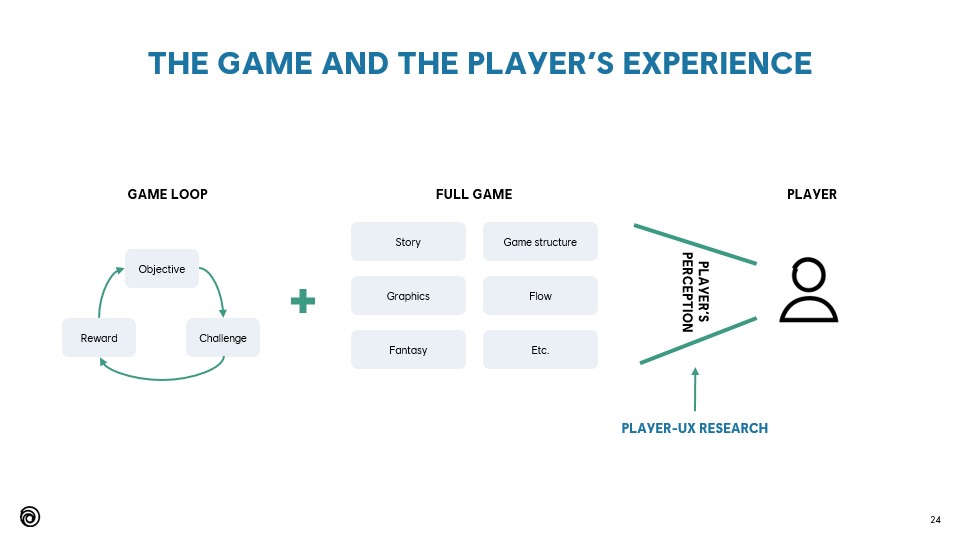
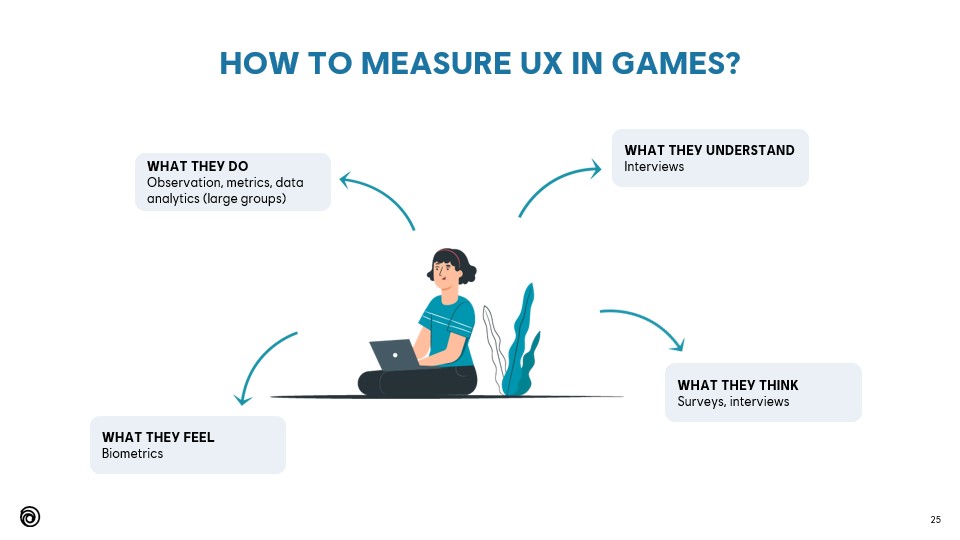
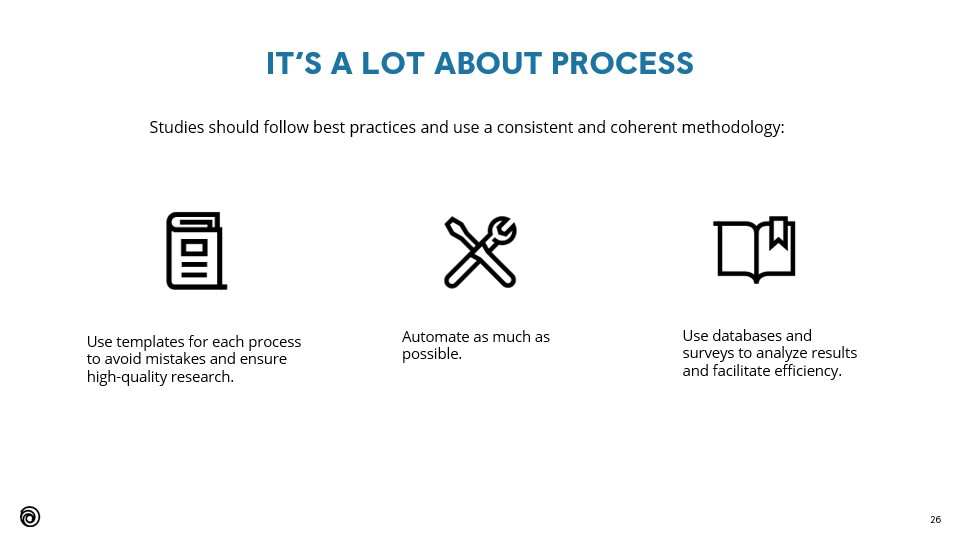
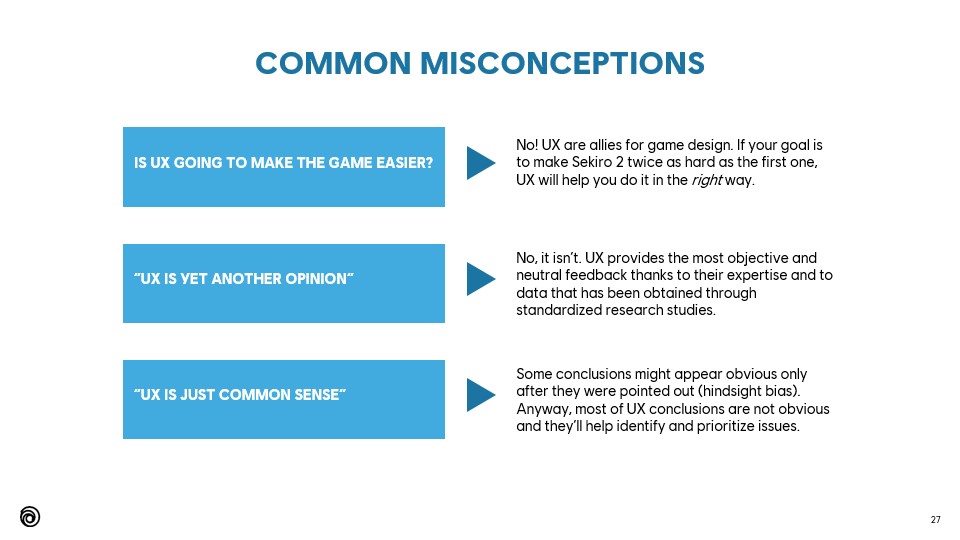

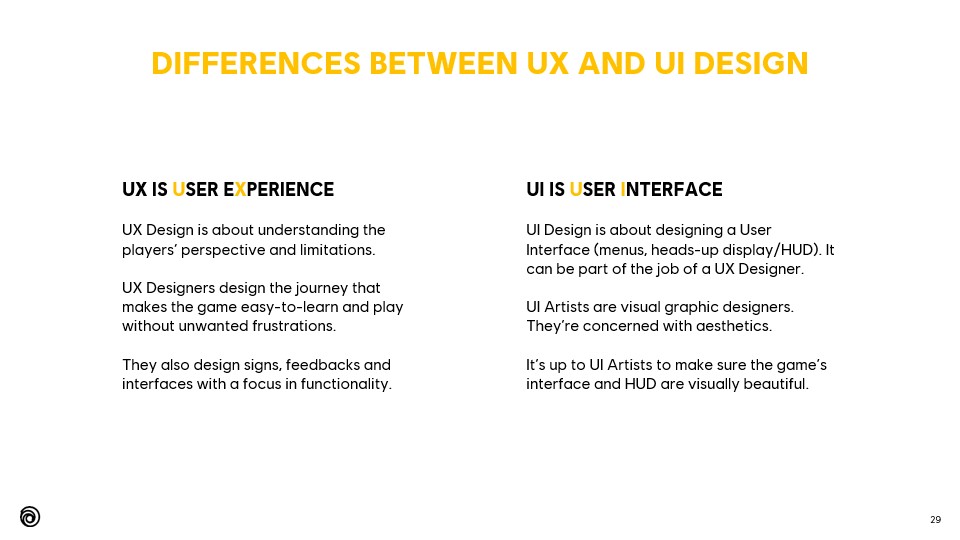
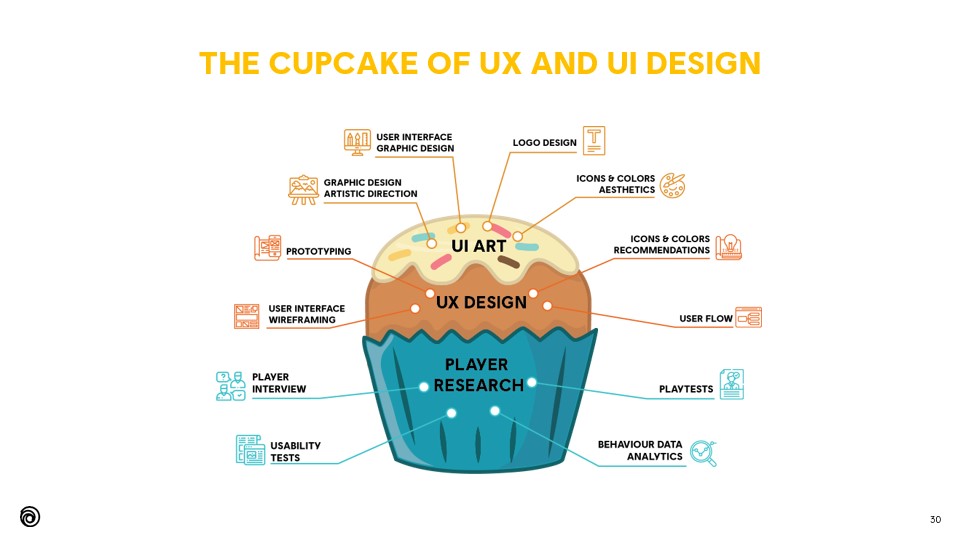
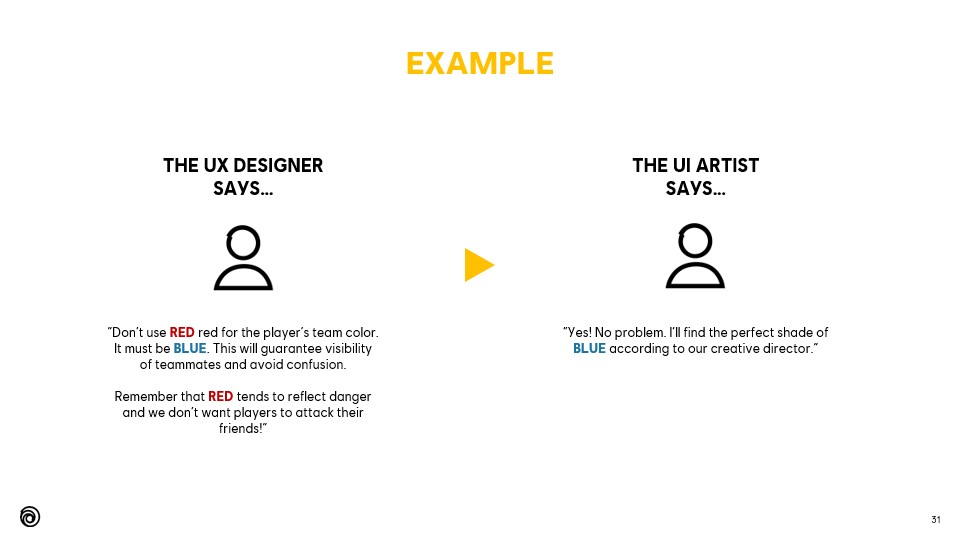
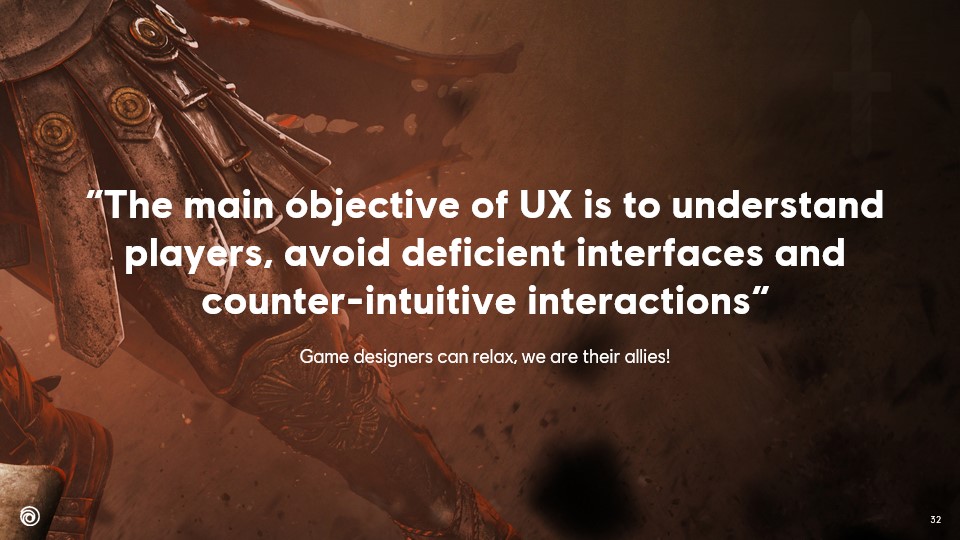
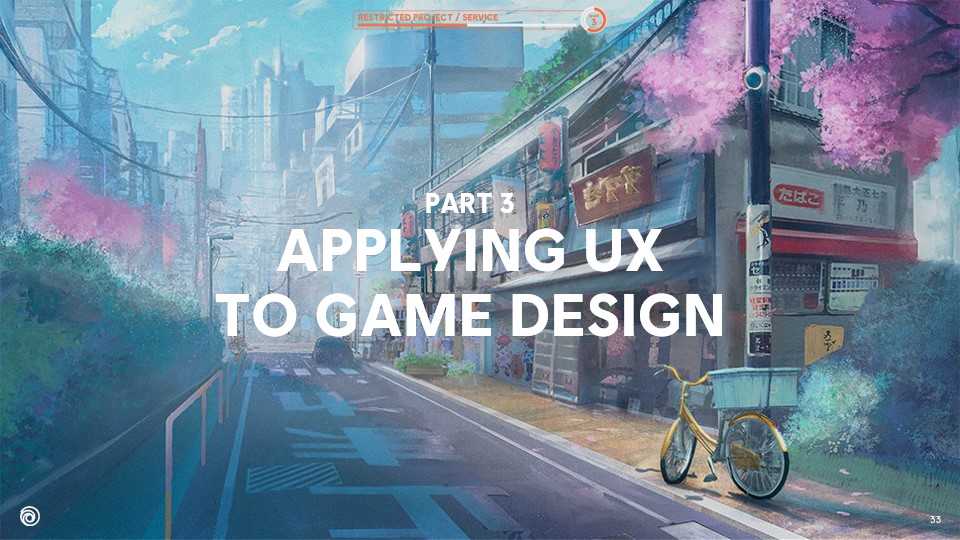
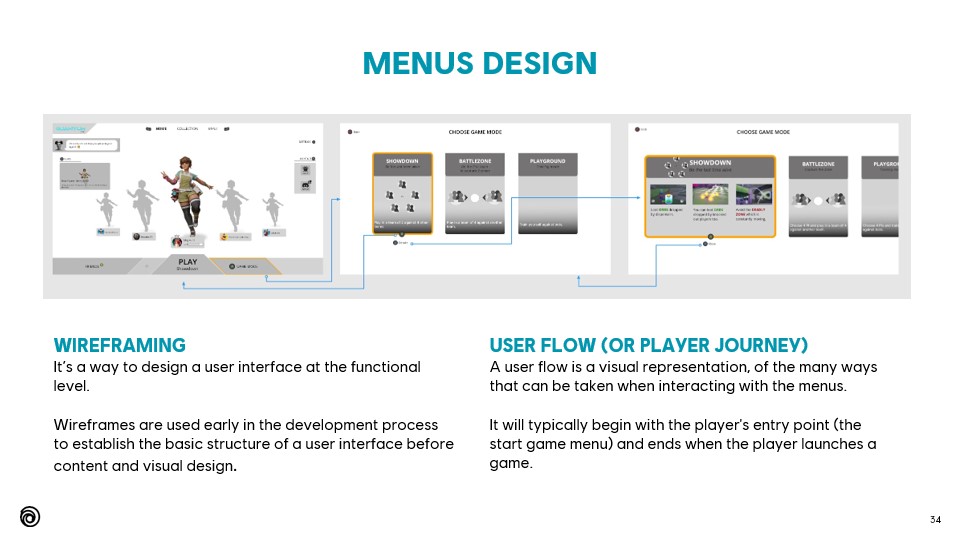
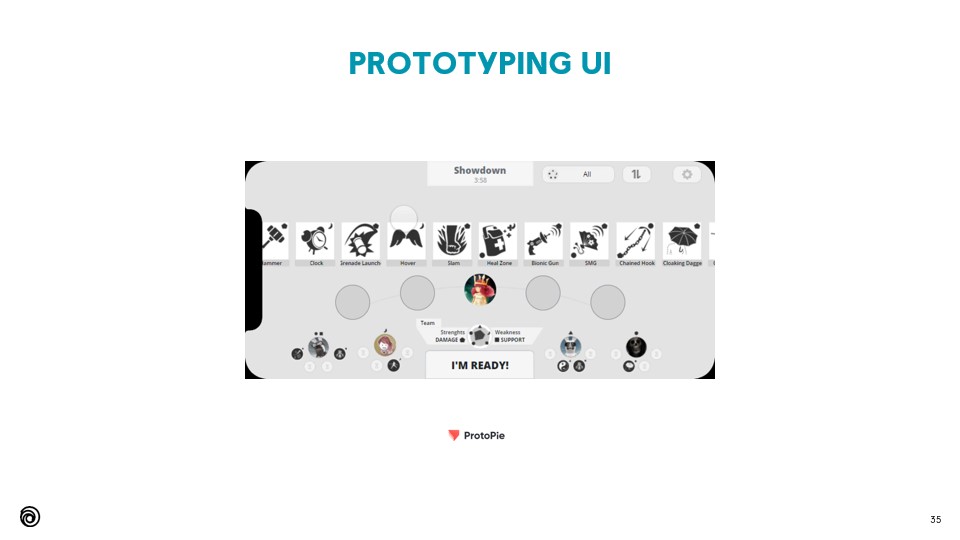
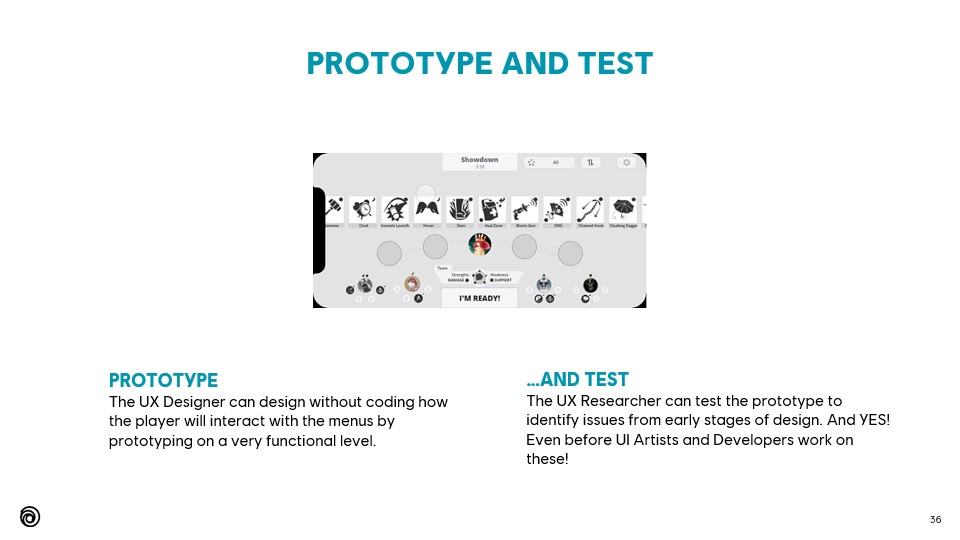
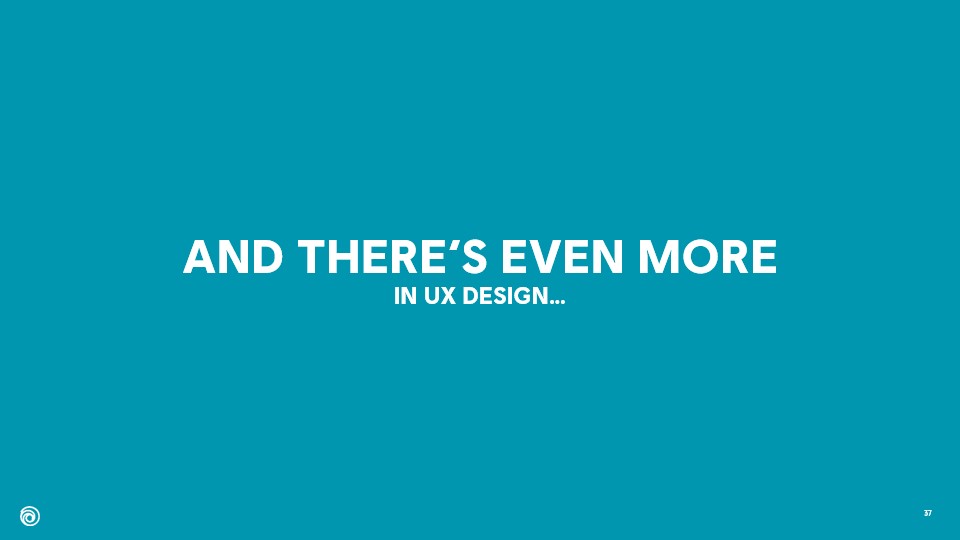
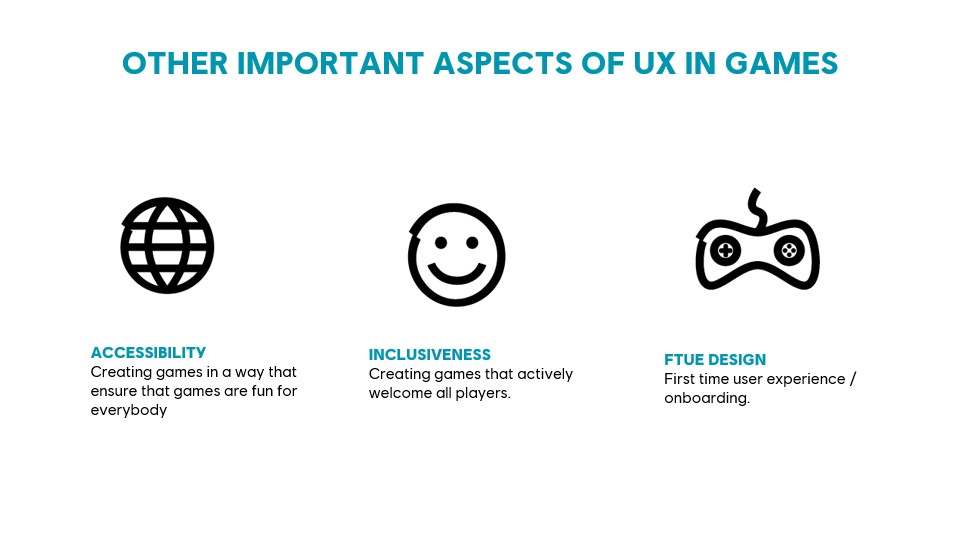
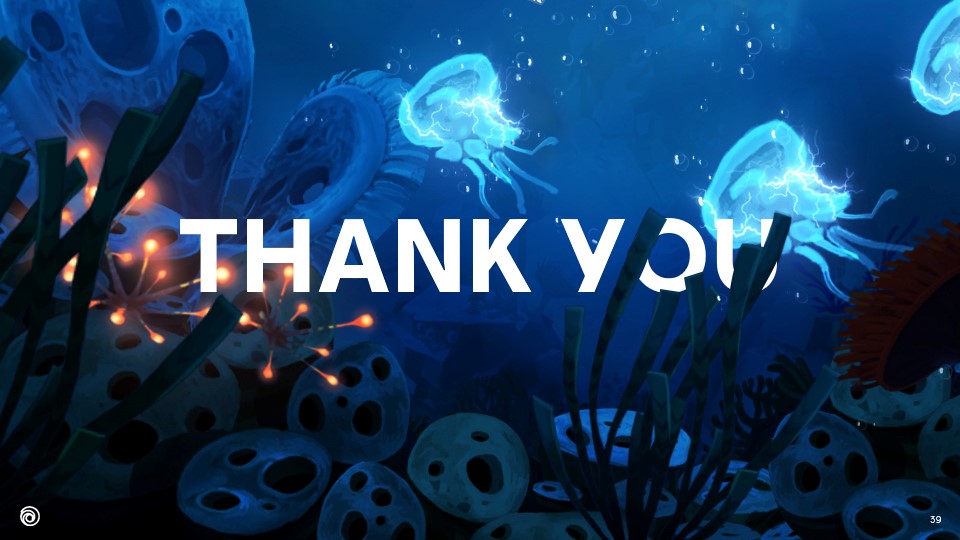
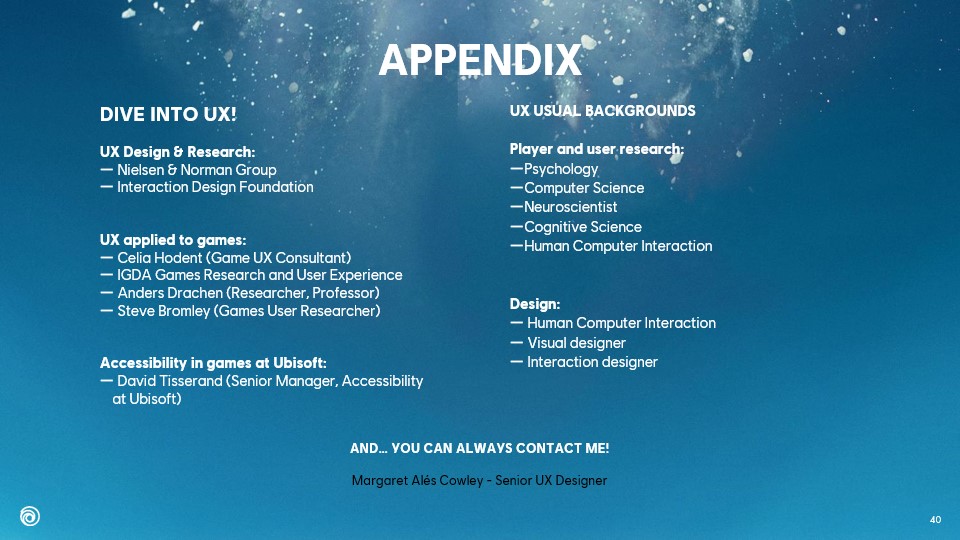
The main objective of UX is to understand players, avoid deficient interfaces and counter-intuitive interactions (slide 32)
This was my first talk at Ubisoft and I genuinely enjoyed giving this presentation to my colleagues 🙂
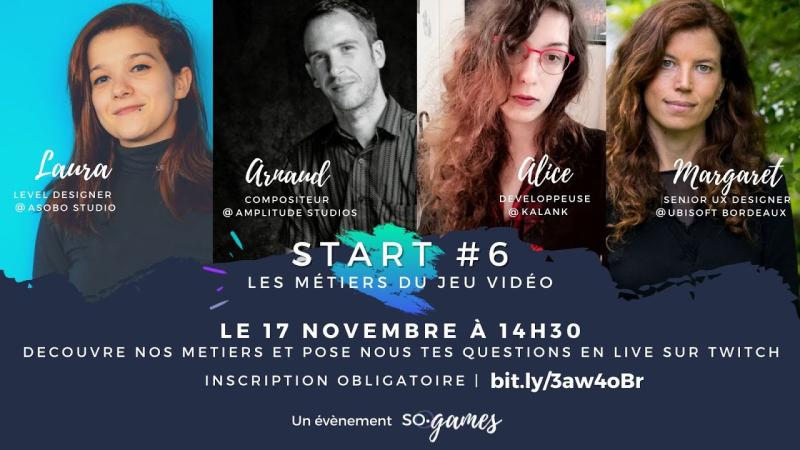
This interview (in French) was organized by So Games, a professional association for video games in Southwest France.
The idea behind this 20-minute interview was to introduce students to different video game specializations. The audience was asking questions on Twitch in real-time. I had a great time doing this interview and I hope it helped young people in their professional aspirations.
I co-presented a talk about design in video games with Sarah Beaulieu (Narrative Director in Assassin’s Creed Mirage). The target audience were women interested in the video game industry.
On this slide, I explain the value of testing early and gathering data from external players.
I keep seeing creatives and producers tempted to wait until the game is quite advanced, whereas that is exactly what should be avoided.
AAA games are complex, but the essence is still the same. The core game loop and 3Cs must be tested by external, non-biased target players before adding depth. Focused user research is entirely possible.
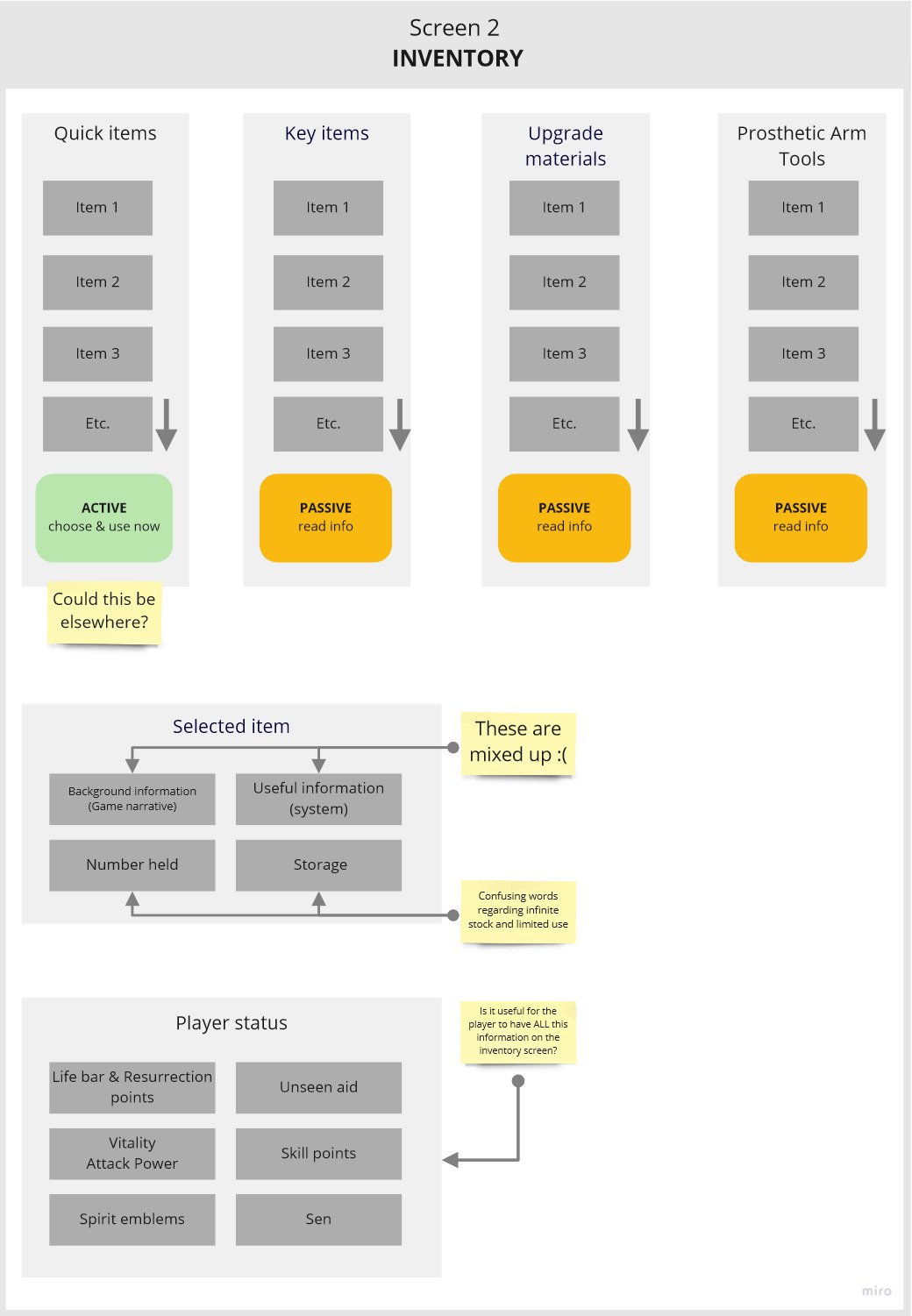
Information architecture of the Inventory screen. I’ve analyzed more screens. They’re available on this link..
All items in the Quick Items, Key items, Upgrade materials and Prosthetic Arm Tools list are equivalent. The "Passive" category gives access to the item's information:

With one exception… those from Quick Items can also be used:

The Quick Items section has a double function, passive (information) and active (use item). Why not do this from the Equipment screen or even merge the two?
The information from the Inventory screen is insufficient:
And here comes the challenge! How to improve the UI of Sekiro?
In this exercise I try to put myself in the creators’ shoes and think about how I would have designed the inventory if I had been in charge of the UX, while respecting the choices of the game design.
I looked for ideas from other games and was partly inspired by the interface of God of War (screen form Interfaceingame.com) and Horizon Zero Dawn (Pacing the flow of information in AAA Games).
Design made with Sketch. Interactive prototype made with Protopie.
Here are the new interaction mechanics that I propose in this new interface for Sekiro.
This proposal is only a prototype.
Further research and usability testing is highly suggested.
Are you a Game Designer, UX Designer or passionate gamer? Contact me to exchange and share your opinion!